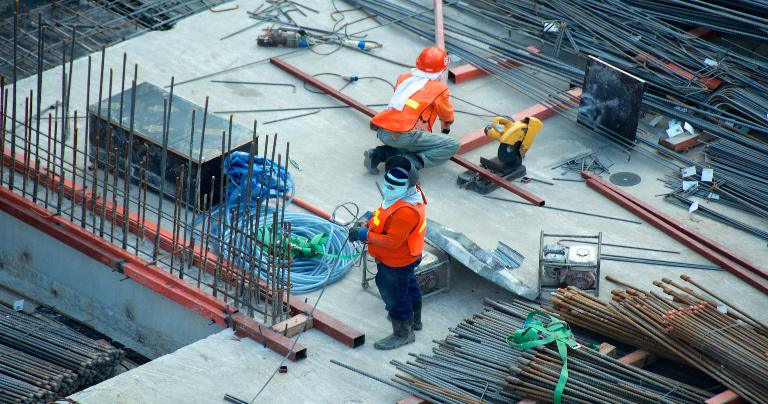The building materials industry has been largely impacted due to the pandemic in 2020. The industry today is showing sheer resilience as it slowly gains normalcy. The industry regained its mojo at a steady pace. While initially in April and May, the second wave disrupted the momentum, from June onwards, the revival trajectory has been positive. This resurgence was further aided by policy reforms like GST, RERA, and REIT, which were introduced to provide impetus to the sector. In 2022, they provided reforms such as the availability of housing loans to all segments (particularly affordable housing where customer credit profiles may not meet standard financing norms), long term funding support in the case of long gestation projects, and mandatory adherence to contracts regardless of political or policy changes. Continuation and further refinements in the tax sops available for the housing industry and recognising the real estate sector as part of infrastructure are introduced and financial impetus is provided to the industry, the sector is expected to show positive growth.
Today, the building materials industry stands at around USD 225 billion in terms of market size. The projected growth rate for 2022 is around 10 percent, and it is estimated to clock a CAGR growth of 8 percent to 9 percent in the next five years. In fact, sub-segments within this industry like ready-mix-concrete, uPVC, and tiles are all gearing up for an exciting 2022.
The Ready-Mix-Concrete, uPVC and aluminium doors and windows, and the tile segments are expected to recover and become stronger by gaining most of the pre-pandemic momentum back. The business and the demand look promising. With people shifting to work-from-home or hybrid working and thus spending more time within the vicinity of their homes, there was an increase in the demand for building materials this year, and this optimism will grow in 2022, when quality conscious customers will be further driving the demand and sales, especially for high-end products in these categories.
2021 was also a year of aggressive technology adoption and incorporation. COVID-19 ushered in a lot of changes, both in work and home environments. From automating manual processes to learning and incorporating new technology processes, the industry has undergone a huge paradigm shift. This is expected to strengthen further in 2022. Technology is going to continue playing a major role in 2022, especially with reference to home automation and automation at work places. Innovations in building products like facial recognition, auto sensor lighting, etc., are predicted to be some of the stand-out trends for 2022. Furthermore, products that intend to avoid human touch to prevent COVID spread are anticipated to see an increase in demand.
The increasing cost of input materials is still impacting the overall demand and cash flow. The industry remains hopeful that the scenario will change and that the coming year will see the prices and the situation stabilise.
Another key change the industry will witness is the shift to sustainability. With COP26 (the 26th UN Climate Change Conference of the Parties) making resolutions to fight the climate catastrophe, there is an increased focus on using and producing environmentally sustainable products, especially in the case of this industry. For a sustainable future, the industry should attempt to minimise its impact and use 100 percent recyclable products, eco-friendly products, etc., wherever possible.
Expertise shared by: Ashwin Reddy, Managing Director, Aparna Enterprises Limited
Cookie Consent
We use cookies to personalize your experience. By continuing to visit this website you agree to our Terms & Conditions, Privacy Policy and Cookie Policy.
















